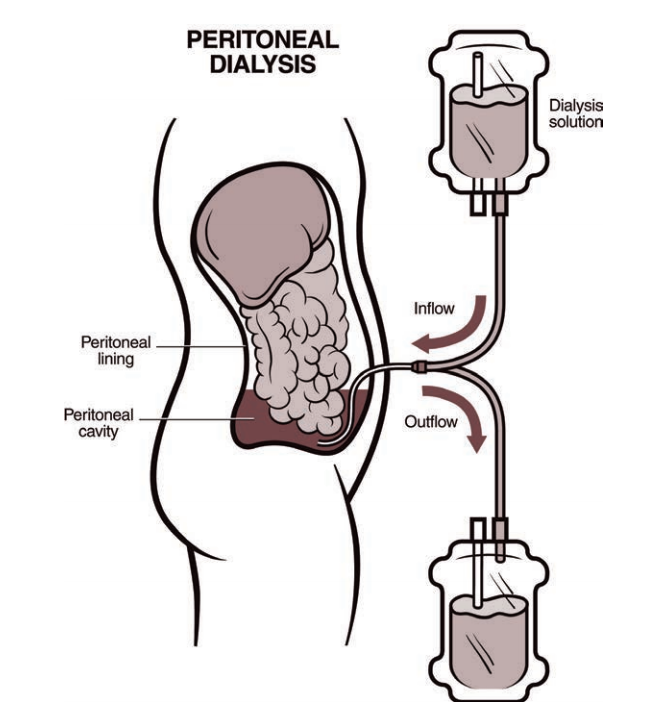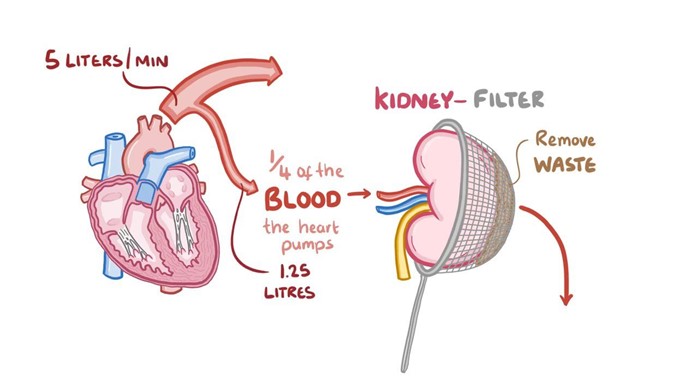A mother calls the nurse to report that at 0900 she administered an oral dose of digoxin to her 4-month-old infant, but at 0920 the baby vomited the medicine. Which instruction should the nurse provide to this mother?
Administer a half dose now.
Give another dose.
Mix the next dose with food.
Withhold this dose.
The Correct Answer is D
Choice A: Administering a half dose now is not advisable, because it may result in underdosing or overdosing of digoxin. Digoxin has a narrow therapeutic range and a high risk of toxicity, especially in infants and children. The amount of digoxin absorbed by the infant before vomiting is unknown, so giving a partial dose may not achieve therapeutic levels or may exceed safe levels.
Choice B: Giving another dose is not advisable, because it may result in overdosing of digoxin. Digoxin has a narrow therapeutic range and a high risk of toxicity, especially in infants and children. The amount of digoxin absorbed by the infant before vomiting is unknown, so giving a full dose may exceed safe levels and cause adverse effects such as nausea, vomiting, bradycardia, arrhythmias, or visual disturbances.
Choice C: Mixing the next dose with food is not advisable, because it may affect the absorption and bioavailability of digoxin. Digoxin should be taken on an empty stomach or at least one hour before or two hours after meals, because food can interfere with its absorption from the gastrointestinal tract and reduce its effectiveness.
Choice D: Withholding the dose is the safest option. If vomiting occurs within 30 minutes of administration, it’s generally advised to skip that dose to avoid the risk of overdose. The next dose should be given as scheduled Digoxin has a long half-life and accumulates in tissues, so missing one dose will not significantly affect its therapeutic effect. Withholding this dose will avoid overdosing and toxicity of digoxin, which can be life-threatening in infants and children. The nurse should also advise the mother to resume the regular dosing schedule and monitor the infant's pulse rate and signs of digoxin toxicity.
Nursing Test Bank
Naxlex Comprehensive Predictor Exams
Related Questions
Correct Answer is B
Explanation
Choice A reason: Support stockings may help with peripheral edema, but they are not the priority intervention for this client. The client's low serum albumin level indicates malnutrition and increased risk of infection and poor wound healing.
Choice C reason: Evaluating patency of the AV graft is not the priority intervention for this client because the client is receiving peritoneal dialysis, not hemodialysis. The AV graft may be used in the future if peritoneal dialysis fails, but it is not an immediate concern.
Choice D reason: Instructing the client to follow fluid restriction amounts is important for peritoneal dialysis patients, but it is not the priority intervention for this client. The client's low serum albumin level indicates that fluid restriction alone is not sufficient to manage fluid balance and prevent edema.

Correct Answer is D
Explanation
Choice A: Assessing pupillary response to light hourly is not an intervention that the nurse should implement while administering dopamine, as this is not related to the effects or side effects of dopamine. This is a distractor choice.
Choice B: Initiating seizure precautions is not an intervention that the nurse should implement while administering dopamine, as this is not a common or expected complication of dopamine. This is another distractor choice.
Choice C: Monitoring serum potassium frequently is not an intervention that the nurse should implement while administering dopamine, as this is not affected by dopamine or hypotension. This is another distractor choice.
Choice D: Measuring urinary output every hour is an intervention that the nurse should implement while administering dopamine, as this can indicate the effectiveness of dopamine in improving renal perfusion and blood pressure. Therefore, this is the correct choice.

Whether you are a student looking to ace your exams or a practicing nurse seeking to enhance your expertise , our nursing education contents will empower you with the confidence and competence to make a difference in the lives of patients and become a respected leader in the healthcare field.
Visit Naxlex, invest in your future and unlock endless possibilities with our unparalleled nursing education contents today
Report Wrong Answer on the Current Question
Do you disagree with the answer? If yes, what is your expected answer? Explain.
Kindly be descriptive with the issue you are facing.
